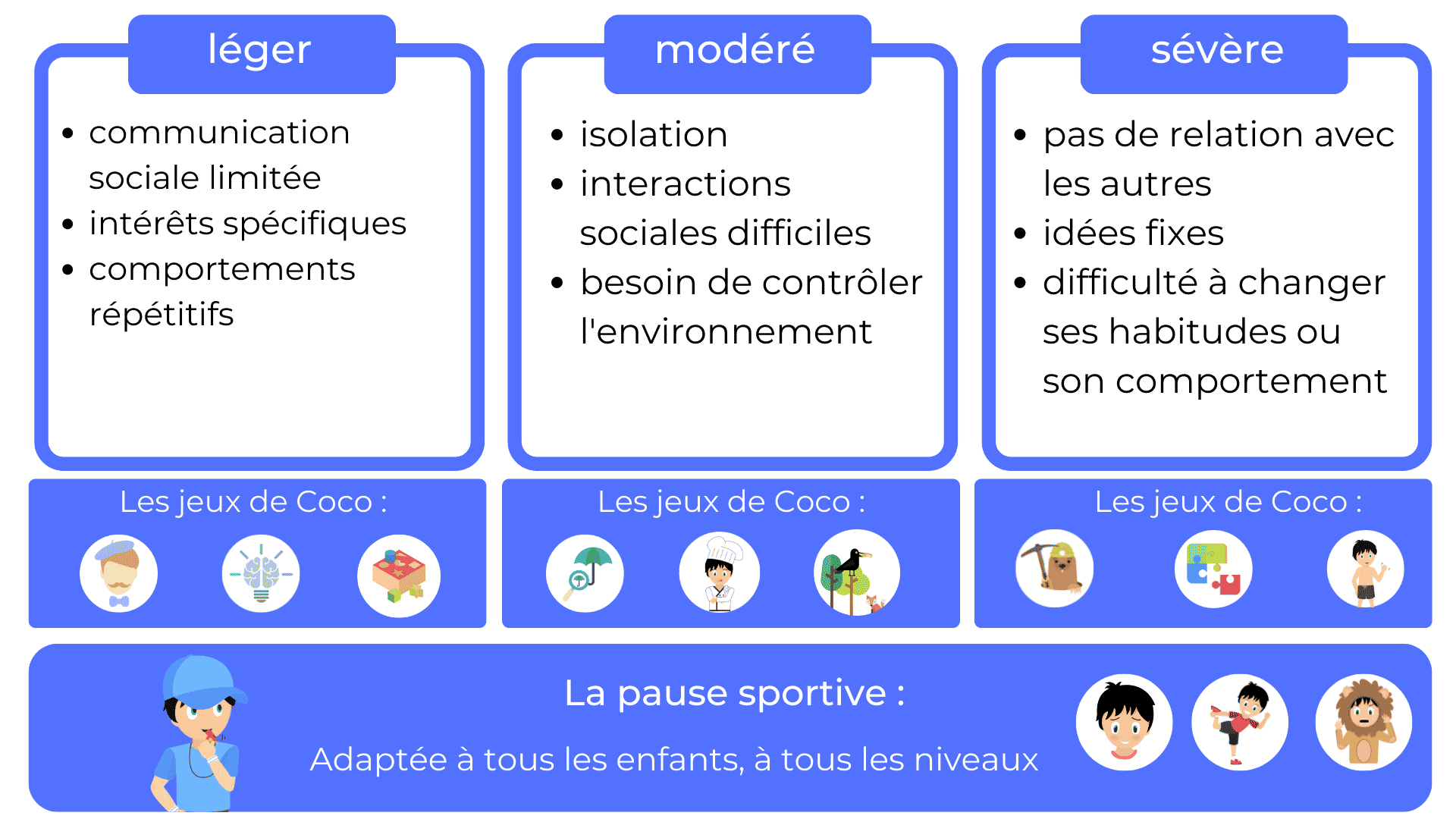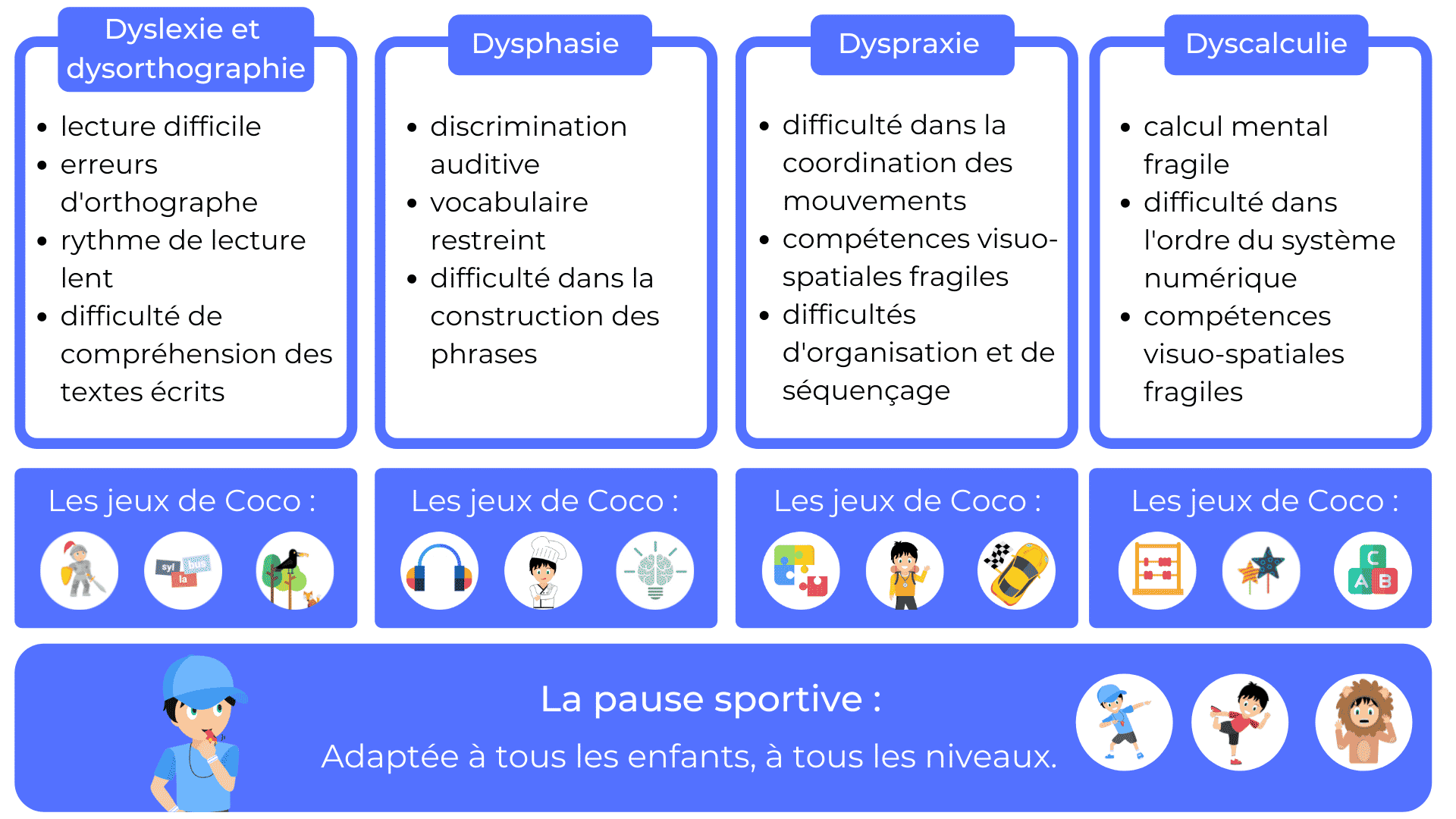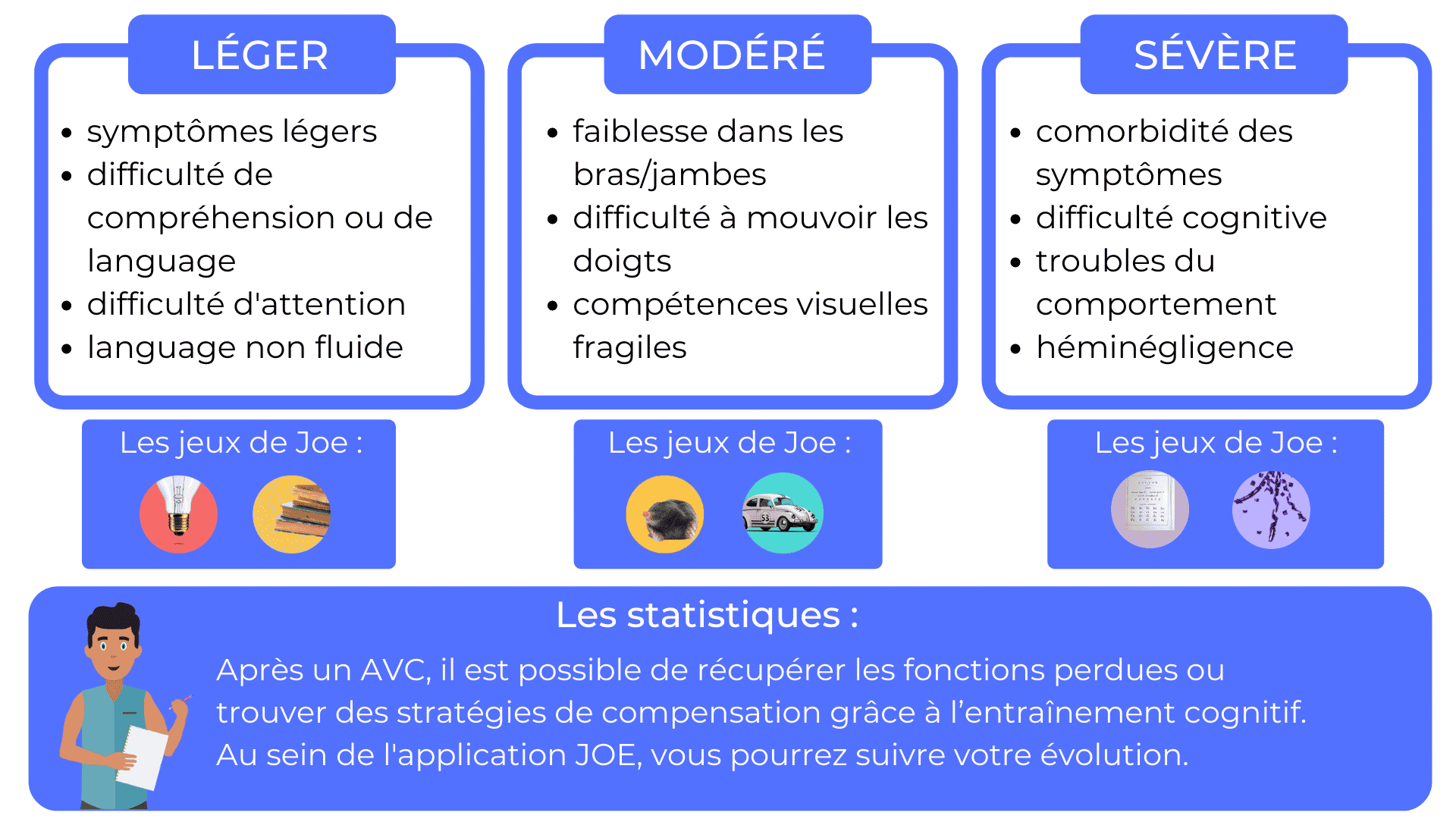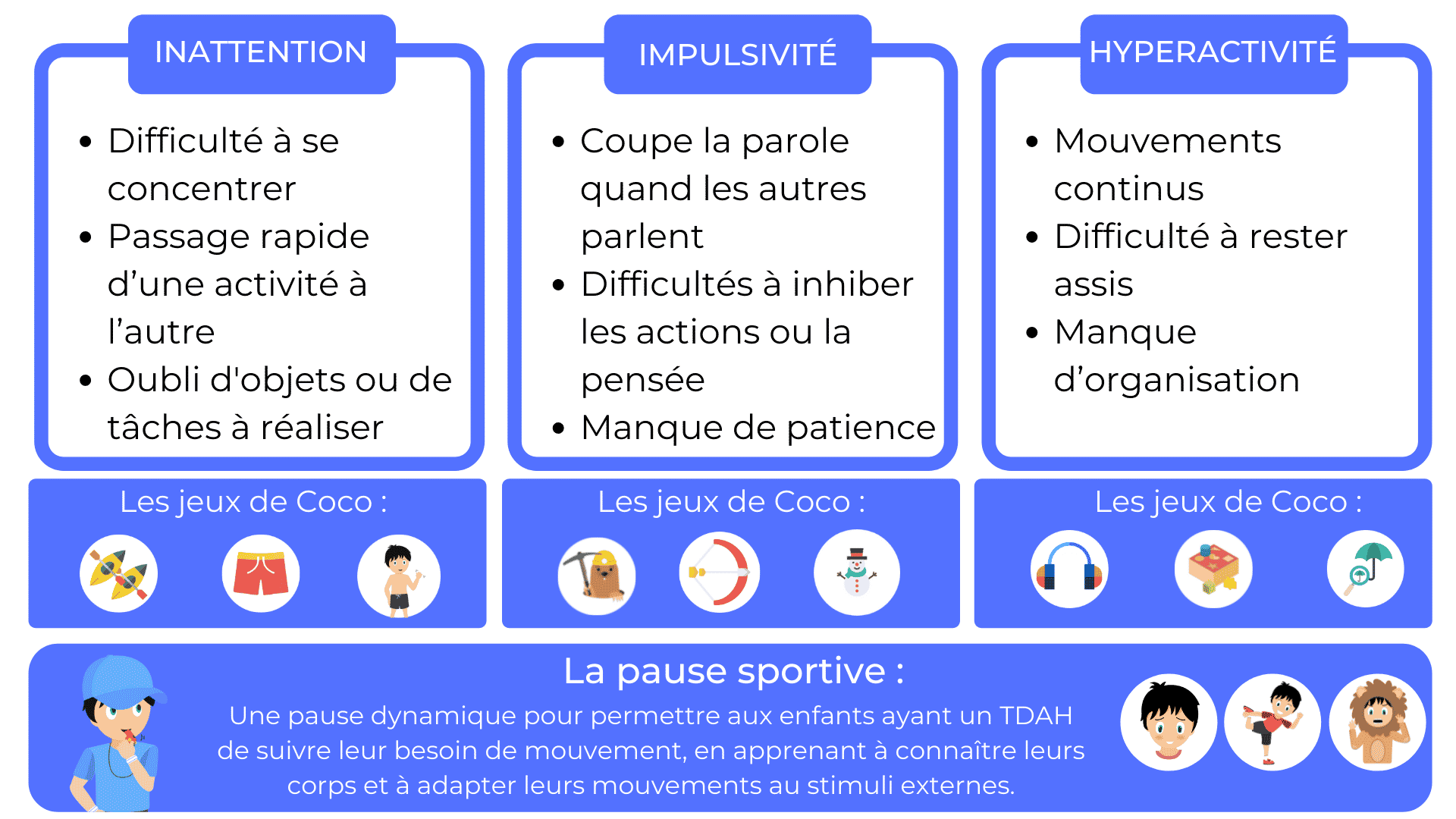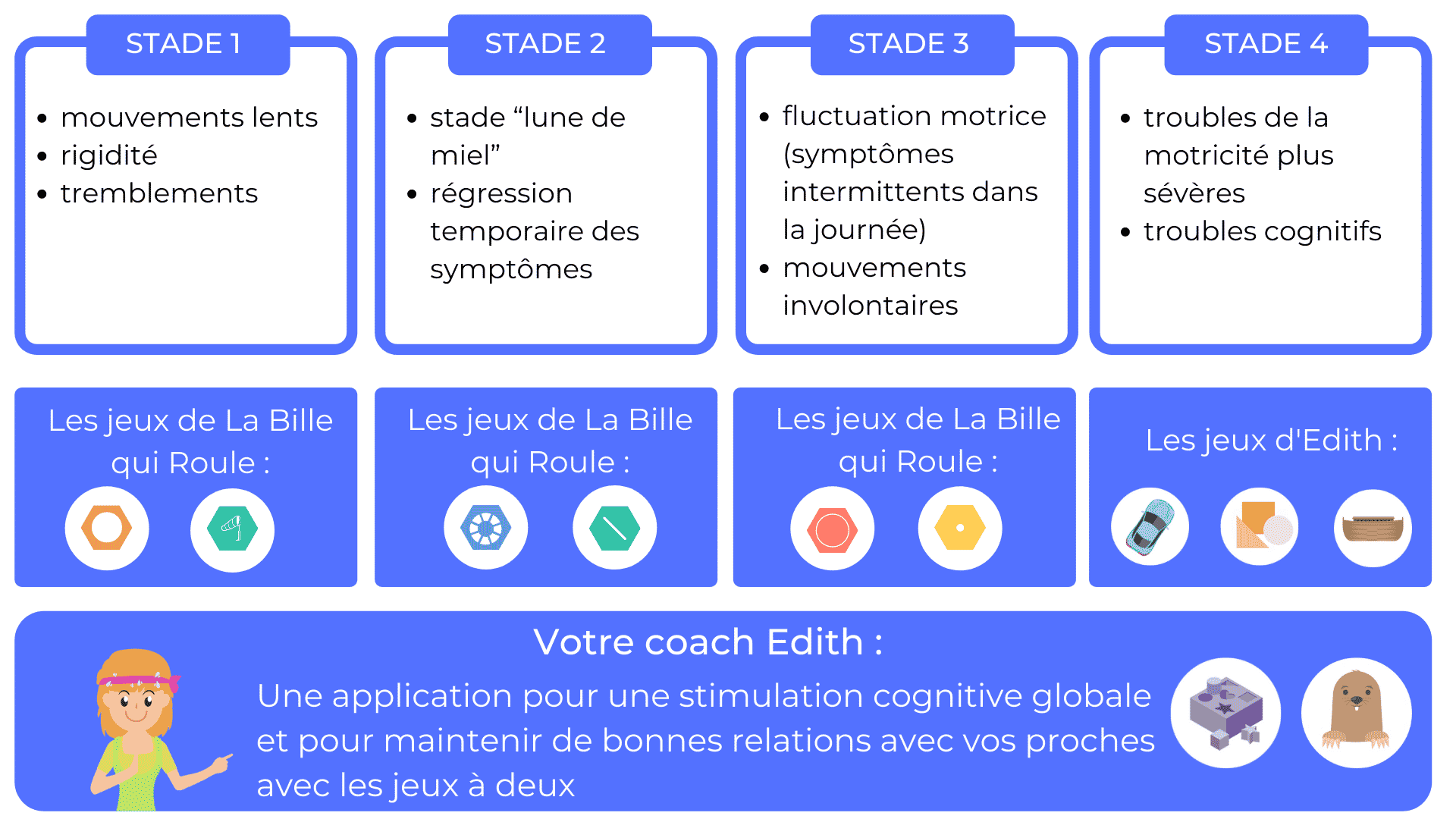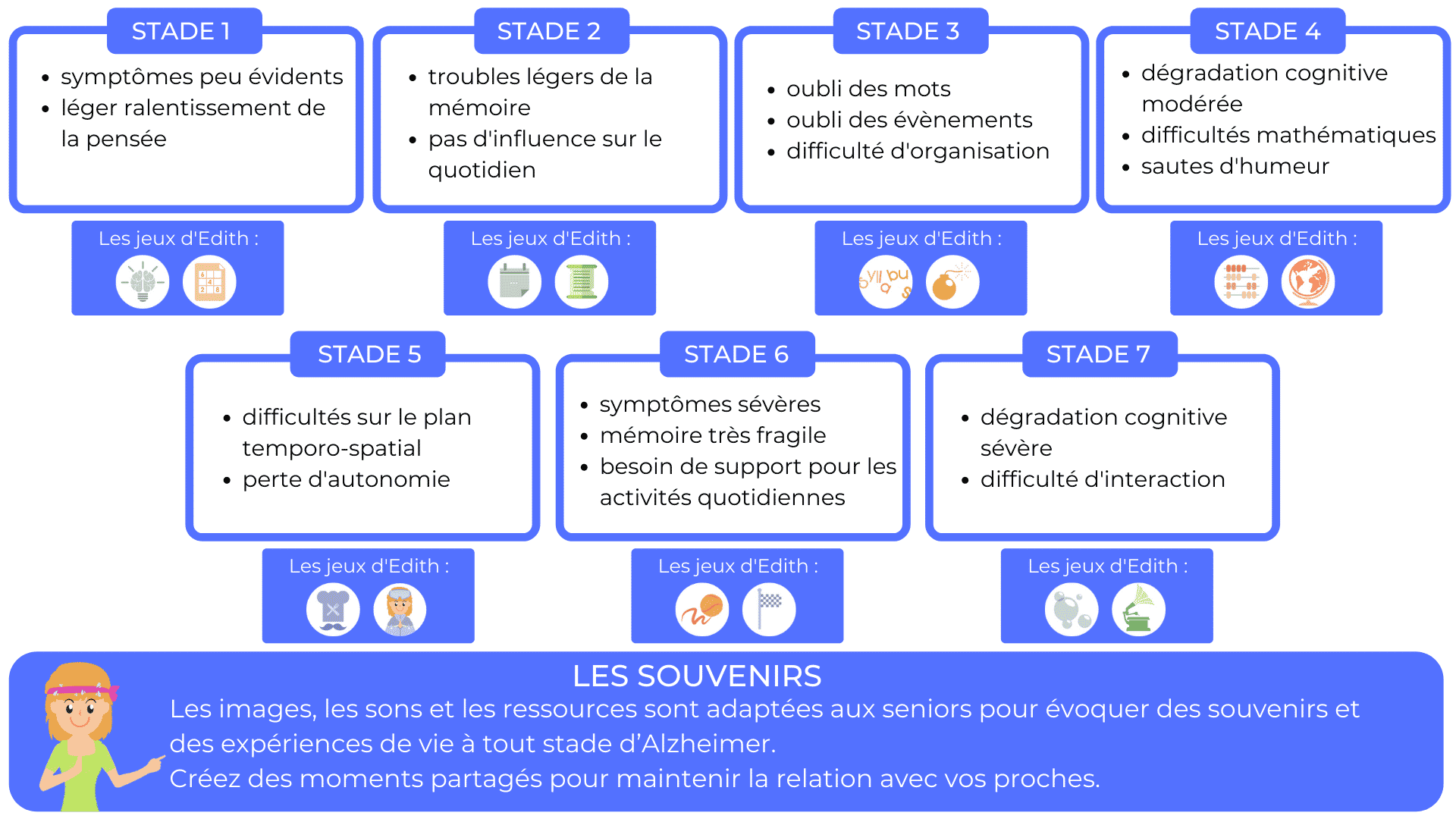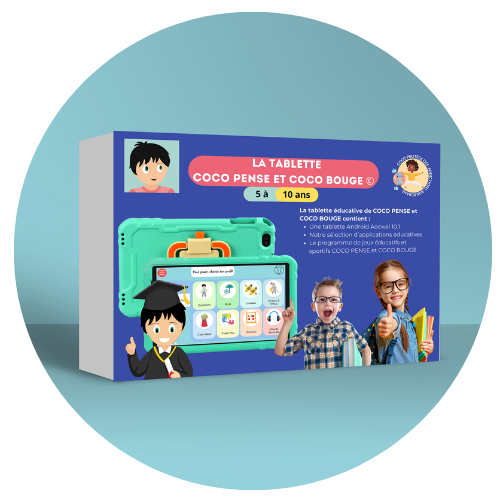The speech-language pathologist works to rehabilitate and maintain an individual’s language skills. It uses speech therapy exercises and games. Some exercises can be done at home. Which ones? Here are some speech therapy exercises to do at home… Discover!
A little reminder about speech therapy
What is the field of intervention of speech therapy? What is the purpose of each speech therapy exercise? Let’s answer these questions first before we go any further.
What is speech therapy?
As a paramedical discipline, speech-language pathology contributes to the treatment of language disorders. It is classified as a care profession. The professional who practices this profession is a speech-language pathologist, and his or her role is to be involved in the treatment of disorders affecting language, whether spoken or written.
The speech-language pathologist also participates in the prevention and evaluation of learning disorders or difficulties.
In the field of speech therapy, professionals also intervene to maintain communication functions. The dimensions that speech therapy focuses on are: linguistic, social, psycho-affective and cognitive.
What exactly do we need to work on?
Doing speech therapy exercises at home requires a great deal of information in order to achieve the desired results. In fact, each exercise aims to work on one aspect. This may include, for example, voice, oral language or language. Other exercises help to work on vocabulary, written language and reading. Depending on the goal, you can also work on jaw motor skills and speech articulation. Without forgetting the exercises concerning the spatial-temporal location, memory, logic, etc…
You must choose your exercises according to the different aspects to work on. Fortunately, speech therapy experts offer a myriad of exercises that can be done at home. However, it is important to choose the right exercises for each patient’s needs.
Why do speech therapy exercises at home?
When it comes to treating communication disorders, speech therapy plays an essential role. However, a session with a speech therapist is not limited to the office. Speech therapy exercises at home are increasingly recognized as a valuable complement to professional treatment. This section explores the compelling reasons why home practice is not only beneficial, but necessary.
Benefits of home practice
There are many advantages to practicing speech therapy at home. Firstly, the flexibility of time and space offers invaluable convenience to those undergoing treatment. Being able to integrate exercises into a daily routine facilitates regularity, a key element of any rehabilitation program. What’s more, the familiarity of the home environment creates a comfortable context that fosters relaxation and engagement, essential elements for successful sessions.
Reinforcing the benefits of in-office therapy
Home exercises do not replace in-office sessions, but significantly complement them. They offer an opportunity to reinforce and extend the teachings of the speech therapist. By practicing at home, individuals can consolidate the skills acquired during professional sessions, ensuring a smooth continuity of treatment. It’s a way of solidifying the foundations laid in the office and speeding up the recovery process.
Involving loved ones in the healing process
Speech therapy is not limited to the relationship between health professional and patient. Relatives play a crucial role in the support and success of treatment. Encouraging home exercise directly involves family and friends in the healing process. Their active participation creates an essential support network, reinforcing patient motivation and fostering a positive dynamic within the family environment.
Types of disorders that can benefit from home exercises
One of the most promising aspects of home-based speech therapy is its adaptability to a variety of communication disorders. Whether it’s speech difficulties, language problems or swallowing disorders, regular practice at home can bring about significant improvements. This section examines the different types of disorders that can benefit from this approach, and suggests specific approaches for each category.
Speech disorders
Speech disorders, such as pronunciation difficulties, can often be alleviated by targeted exercises at home. Simple activities aimed at strengthening the muscles involved in sound production, as well as specific pronunciation exercises, can help improve speech clarity. Regular rehearsals, guided by appropriate resources, offer an accessible route to overcoming these challenges.
Language disorders
For language disorders, home practice can include activities to enrich vocabulary, strengthen verbal comprehension and improve fluency of expression. Word games, riddles and storytelling exercises can be playfully integrated into daily routines, providing a stimulating platform for language development.
Swallowing disorders
Swallowing disorders can also benefit from specific home exercises. Techniques to strengthen the muscles involved in the swallowing process, combined with dietary adjustments and fluid management practices, can help improve the safety and ease of swallowing. These exercises can be practiced under the supervision of a speech therapist, and then integrated into the home environment on an ongoing basis.
Other disorders covered by speech therapy
In addition to the above categories, other disorders covered by speech therapy can also find solutions in home exercises. This includes problems with voice, verbal fluency and social communication. The individualization of exercises according to each person’s specific needs is crucial, underlining the importance of a personalized approach to speech therapy.
7 exercises to do at home
Individuals with learning disabilities or other difficulties can seek help from a speech-language pathologist. Some exercises can be done at home. But you must act with knowledge.
-
Reading exercises
These exercises are designed to boost reading skills in some patients. They can help people with learning disabilities, such as dysorthographia and dyslexia.
Use, for example, letter-based games. The parent can teach the child to recognize the different letters and create words. Then he will read each word or sentence to improve his reading. You can get cards and booklets to teach the child to read syllables.
-
Exercises for writing
Knowing how to write requires good use of the fingers and the tool used for writing (the pen).
Parents can help their children with finger exercises. This one consists in making small movements with the fingers and the hands. Indeed, there is a correlation between the brain and gestures. The child can gently massage the fingers of one hand. You can also do finger combinations, for example, learn to combine the thumb with the index, middle or little finger.
You also have games that involve moving marbles from one position to another. Here, the child will use a stylus. Finally, you will find manuals on the market that highlight speech therapy exercises to stimulate writing. The exercises are beneficial for people with dyspraxia.
Language exercises
To enrich vocabulary and improve fluency, a series of activities can be integrated into the daily routine. Language-focused board games, regular reading, stimulating discussions and even writing exercises can help broaden language skills. The use of educational resources, such as interactive applications, can also make these exercises more engaging.
-
Exercises to learn to articulate
Good syllable articulation requires strengthening the muscles involved in the articulation process. The tongue, the lips, the cheeks… They behave well thanks to several muscles. A few simple exercises can help strengthen them. Smiling is part of the articulation exercises. However, you must be able to perform it as required by the speech therapists. For example, you should smile so that your lips are stretched as much as possible. This smile should not show the teeth. For best results, hold it for about 30 seconds. Another variation of this articulation exercise is to make a wide smile by raising your teeth.
The speech therapist also recommends the following exercise: licking your lips as if they were covered in jam. We go from one end of the lip to the other. Start with the upper lip before touching the other.

-
Les exercices pour travailler le souffle et la respiration
Les orthophonistes utilisent différentes sortes d’exercices pour travailler la respiration et le souffle de leurs patients. Ils se basent sur une pluralité de jeux pour atteindre leur objectif. Voici quelques exercices intéressants dans le cadre d’un suivi orthophonique.
Le travail du souffle et de la respiration peut se faire grâce à une trompette à bulles. Vous pouvez aussi faire appel aux « BLO Pens ». Il suffit de souffler dans ces feutres aérographes pour créer de beaux dessins, comme par magie.
-
Les exercices pour travailler la voix
Dans le domaine de l’orthophonie, une palette de solutions est employée pour obtenir des résultats. On peut utiliser ces moyens à la maison. C’est le cas de la chanson. C’est pourquoi, les orthophonistes n’hésitent pas à faire chanter leurs patients. Débutez par des chants simples que la personne peut exécuter assez facilement. Ce n’est pas un concours de musique !
Il existe aussi des livres édités pour apprendre à produire des sons adéquats. Le lecteur doit apprendre à entendre sa propre voix, afin de s’améliorer au niveau de la prononciation.
-
Les exercices de mathématiques
Un enfant atteint de dyscalculie a besoin d’exercices afin de s’améliorer dans la discipline des mathématiques.
La dyscalculie est un trouble qui affecte la capacité à apprendre les mathématiques. Les exercices ludiques permettront de manipuler les opérations ou les calculs. Divers jeux peuvent aider les enfants à se familiariser avec les chiffres. Les parents peuvent par exemple faire appel à un logiciel de jeux pour travailler les calculs mentaux.
Use apps with speech therapy exercises at home to work on language, memory, reading and spelling.
To find easy-to-use speech therapy exercises at home, you can also use brain training apps that will help you practice every day! Your virtual brain coach will give you feedback to improve your cognitive functions and train them all (memory, language, perception, planning, etc.).
COCO THINKS and COCO MOVES
Over 30 cognitive games for children aged 5 to 10
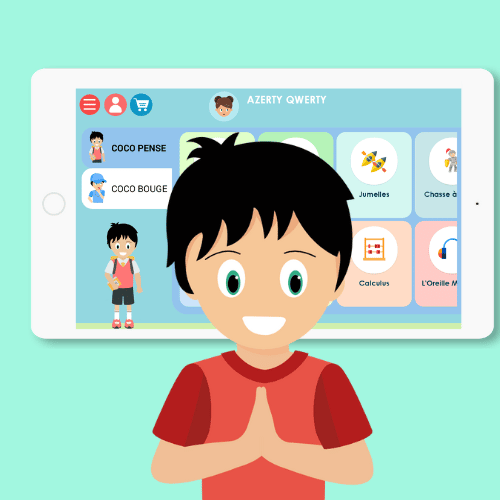
CLINT
Over 30 cognitive games for adults with mild memory loss
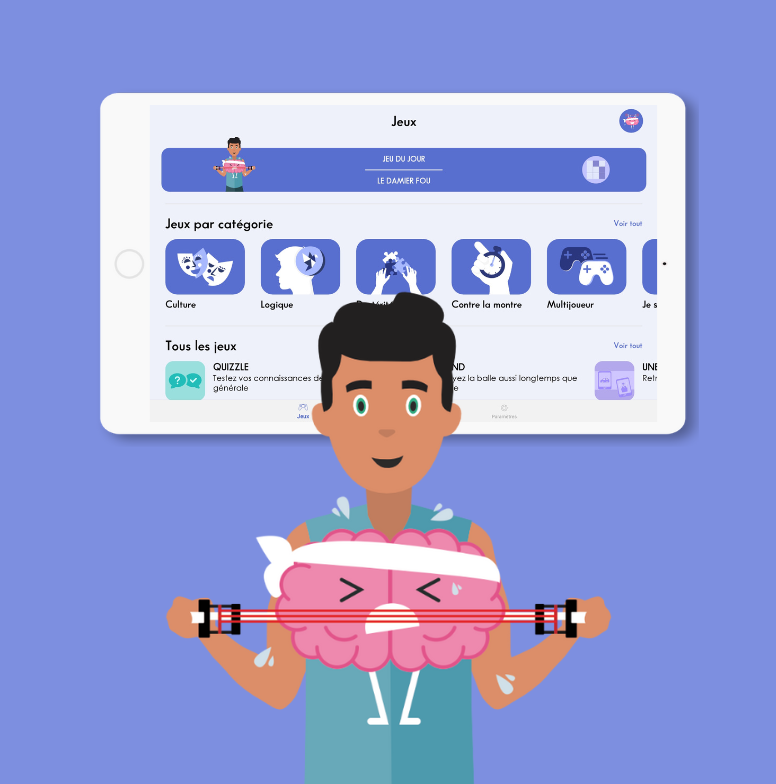
SCARLETT
Over 30 cognitive games for seniors with severe cognitive impairment
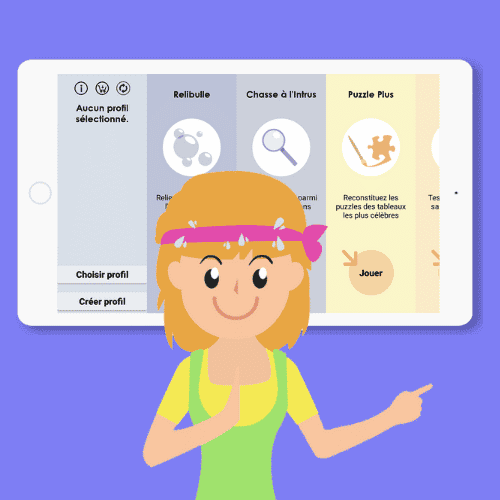
I’m a speech-language pathologist specializing in the treatment of communication disorders in Alzheimer’s, ADHD and post-stroke patients, and I’m constantly looking for innovative ways to improve my patients’ quality of life. The introduction of DYNSEO home exercise programs has truly revolutionized the way we approach rehabilitation.
Increased motivation for Alzheimer’s patients
One of the major challenges with Alzheimer’s patients is maintaining their commitment to exercise between in-office sessions. The DYNSEO programs, with their interactive and fun approach, have considerably increased my patients’ motivation. Activities designed specifically to stimulate memory, cognition and communication have brought a new enthusiasm to their daily lives.
Adaptability to the specific needs of ADHD
In the case of ADHD patients, the flexibility of DYNSEO exercises was particularly beneficial. Activities are designed to capture attention while reinforcing language skills. The interactive exercises and customizable nature of the programs mean that the level of difficulty can be adjusted to suit the specific needs of each individual, offering a tailored, personalized approach.
Ease of use for post-stroke patients
For post-stroke patients, the ease of use of DYNSEO programs has made it much easier to integrate exercise into their daily routine. Speech, memory and verbal comprehension rehabilitation activities were presented in a user-friendly way, encouraging patients to pursue their rehabilitation at home independently.
Easy monitoring and adjustment
As a speech therapist, monitoring my patients’ progress is essential. DYNSEO’s programs offer detailed tracking features, enabling me to monitor my patients’ performance remotely. This simplifies the process of adjusting exercises according to their progress, ensuring continuous, personalized rehabilitation.
As a result, using DYNSEO’s home exercise programs has considerably improved the effectiveness of my speech therapy practice. My patients are more engaged, motivated and autonomous in their rehabilitation, which translates into positive, lasting results. This innovative approach opens up new perspectives in the treatment of communication disorders, offering a practical and stimulating way for patients to maintain their well-being between in-office sessions.
PRACTICAL GUIDES
FOLLOW A TRAINING PROGRAM
FOR 4 WEEKS

ATTENTION PROGRAM
For 4 weeks, follow our program to work on attention by playing our specially selected games for 15 minutes a day.
MEMORY PROGRAM
For 4 weeks, follow our program to work the memory by playing our specially selected games for 15 minutes a day.
PLANNING PROGRAM
For 4 weeks, follow our program to work on your planning by playing our specially selected games for 15 minutes a day.
PERCEPTION PROGRAM
During 4 weeks follow our program to work on perception by playing our specially selected games for 15 minutes a day.
Combine cognitive training with online follow-up by a memory coach
Book 1 hour sessions with our DYNSEO expert. During the coaching, using the COCO, Clint or Edith application, the expert will suggest you some games according to the cognitive functions you want to improve (attention, memory, language…). He will be able to advise you on the best games to play for your goal, and provide you with strategies to implement.
Coaching can be booked by :
- Individuals who want support in using our programs: training at home alone can be difficult. We can lose our motivation if we have no one to play with. Sometimes a loved one can initiate cognitive stimulation activities, but patience is required and an outsider may be easier.
- Individuals who are followed by health professionals but who also do activities at home: between sessions with the professional, you can train at home. The expert can advise you on the most suitable games for your needs.
- Individuals who are waiting to begin a course of treatment : waiting times to make an appointment with a speech-language pathologist can be very long. During the wait, you can start your cognitive training and be followed by our expert to perform activities together.
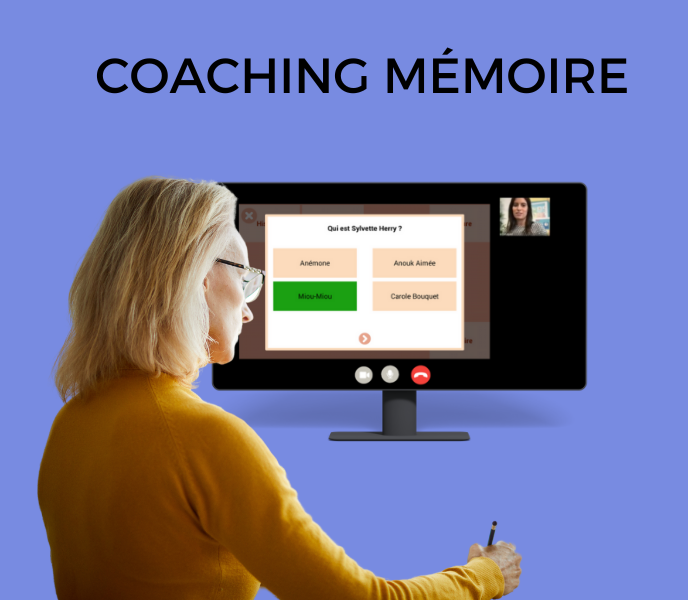
Other articles that might interest you:
Fine Motor Techniques: Games and Exercises for Children with Dyspraxia.
Dyspraxia, also known as developmental coordination disorder, is a neurological disorder that affects the planning and...
10 Effective Pedagogical Strategies to Support Children with DYS Disorders.
Children with DYS disorders face many challenges in their educational journey. They may have difficulty reading and...
The Role of Audio Books in the Learning of Dyslexic Children.
Dyslexic children face many difficulties when it comes to reading. The first problem they face is decoding, i.e. the...


